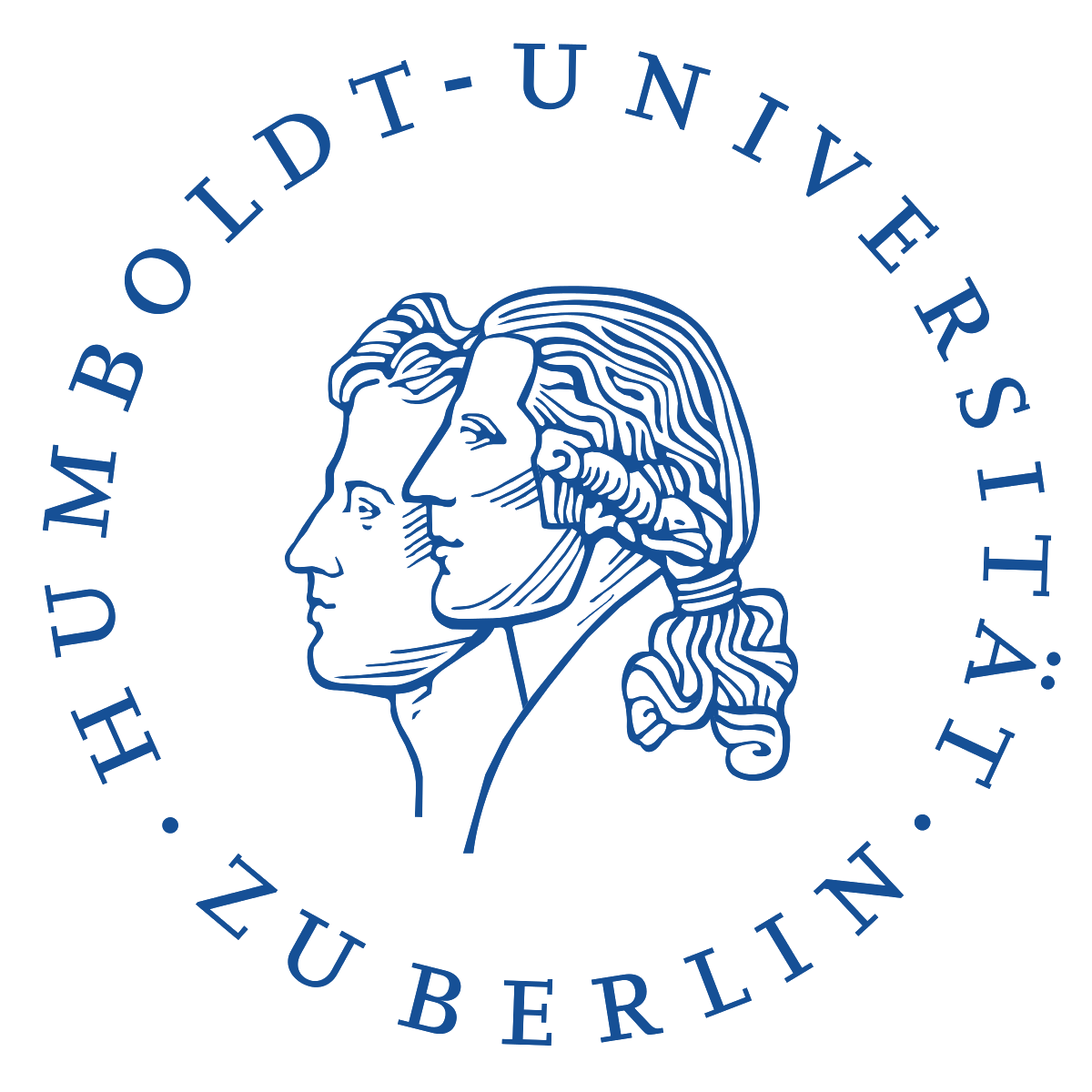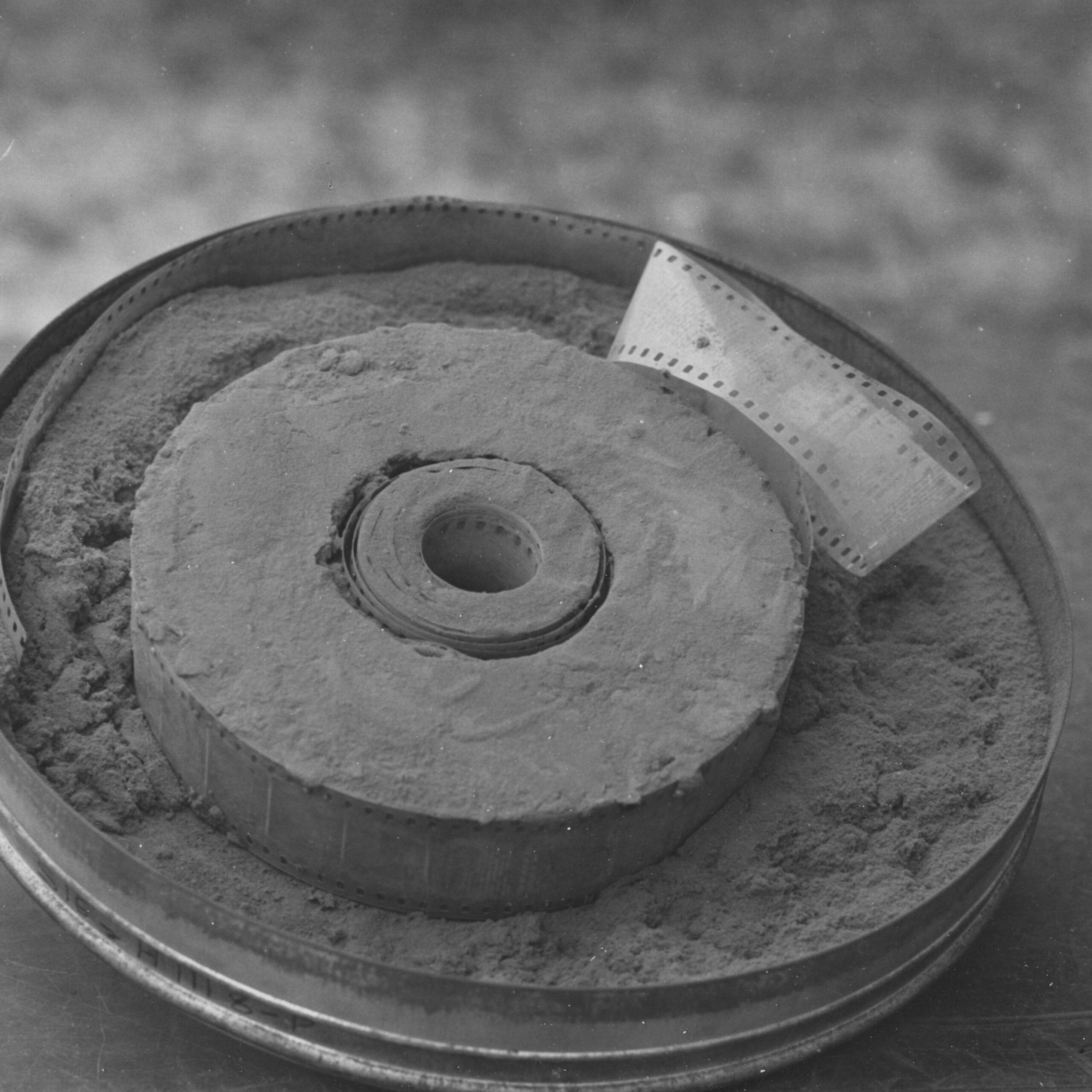
Raw Materials of the Humanities

Nitrocellulose: A Material History of the Humanities

© National Archives and Records Administration (or: U.S. National Archives)
The PhD project delves into the material nitrocellulose and its significance for the history of the humanities in the 19th and 20th centuries. The study focuses on the material resources collodion and celluloid, both products of nitrocellulose, which played pivotal roles in shaping various media technologies such as photographic processes or cinematography. Through case studies, the project addresses working practices and knowledge techniques in the humanities, such as the application of the collodion wet plate process in archaeological photography or the production of educational films in the field of cultural or art history.
Of interest, on the one hand, are the working and usage practices of humanities scholars as they engage with the materials in question. In this way, the project aims to explore how the material properties of collodion and celluloid have been inscribed into the production, transfer, and storage of knowledge within the humanities. On the other hand, the research project examines raw materials such as cotton, saltpeter, and camphor, which constitute nitrocellulose based media technologies.
The subproject examines the extraction, transportation, and processing of these raw materials, tracing their environmental, economic, and industrial contexts through which they have been transformed into media of knowledge. These intricate networks of extraction, appropriation, transformation, and processing of raw materials are regarded as resources that, I will argue, have been of great importance to the epistemes of the humanities.
The project seeks to contextualize the medial practices of the humanities and the emergence of humanities disciplines within the broader material history of nitrocellulose. At the same time, these processes are positioned within global networks, considering ecological, economic, political, and colonial power structures that have played integral roles in the development of humanities knowledge.